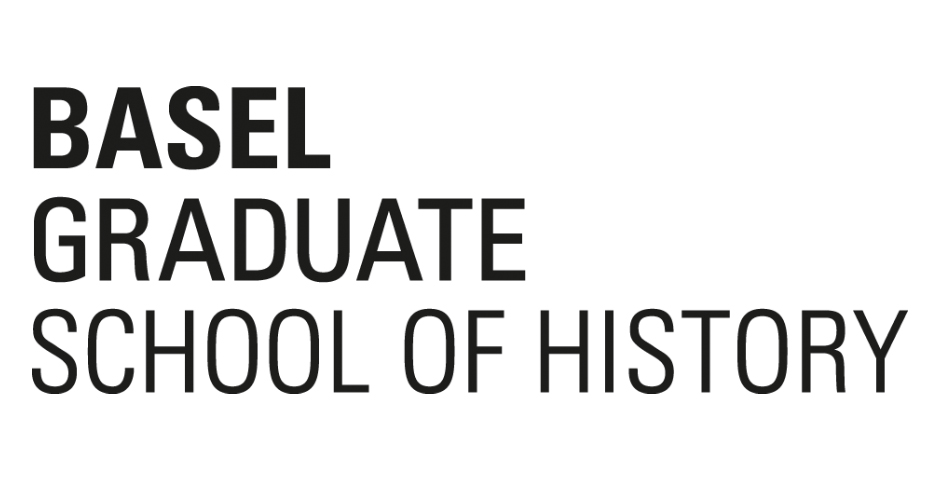
Edoardo Flavio Tesolin
Borderland: Coexistence and Unrest in Early Modern Dalmatia
Borders are traditionally depicted as lines between countries. However, perceiving them merely as such is a limitation of a complex reality. Those lines change over time. Cities move from one side to another and the same goes for goods and populations. Accustomed, then, to thinking of them as sharp boundaries, reality depicts a different scene. Borders are regions, grey areas in-between. Indeed, these borderlands are places of conflict, wars, but even meeting points, zone of contact, and exchanges. For most of the early modern period, Dalmatia was a borderland between the Ottoman Empire and the Venetian Republic. Therefore the region presents itself as a crossroad of civilizations, cultures and religions. Far from be just a political concept, the border between those two countries also came to symbolise the line of demarcation between West and East. Wars and conflicts redrew several times the line between those two powers, relocating cities and people. Among the populations more affected by regional changes, there were the Morlachs; a pastoral community of Christian faith, belonging to the Vlach's ethnic group. Their community, straddled between the edges of the Ottoman and Venetian domains offers a unique perspective. Since they served in the army of their neighbors and established a thriving trade among some of the most important cities of the Republic in Dalmatia, their presence in the Stato da Mar is well documented by local authorities. Starting from these Venetian sources, is possible reconstruct an important piece about the history of relations between West and East.
